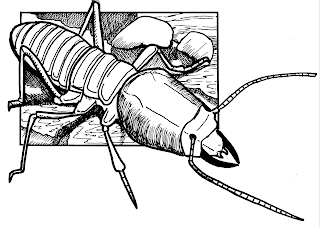About the Project
The ZooTrophy Animal-a-Day project began on October 15th, 2013 as illustrator Angela "LemurKat" Oliver began working her way, systematically but selectively, through the alphabet and presenting, via social media, an illustrated animal to the world. Daily.
All pieces are drawn as 2.5 x 3.5 inch collectible cards, using a combination of polychromos and prismacolor pencils, along with other art materials. Many are still available for purchase ($10) or trade, so drop her an email if anything captures your eye or if there is an animal you wish to request.
It is predicted this project will take her at least two years to complete - with approximately 36 animals being drawn for each letter. She has also used the images to create a collectible hardback encyclopedia series, playing cards and a desk calendar, as well as the ZooTrophy collectible trading card game.
All pieces are drawn as 2.5 x 3.5 inch collectible cards, using a combination of polychromos and prismacolor pencils, along with other art materials. Many are still available for purchase ($10) or trade, so drop her an email if anything captures your eye or if there is an animal you wish to request.
It is predicted this project will take her at least two years to complete - with approximately 36 animals being drawn for each letter. She has also used the images to create a collectible hardback encyclopedia series, playing cards and a desk calendar, as well as the ZooTrophy collectible trading card game.
Sunday, December 6, 2015
#751: Termite
There are around 3000 species of Termite, occuring in every continent except Antarctica. Like ants, they are eusocial, being divided into four castes: sterile workers and soldiers, and fertile kings and queens. The workers and soldiers are blind, and lack eyes, relying on their antennae as their main sensory organ. Workers are the labourers, collecting and digesting food in the form of decaying wood and other detritus. It is then fed to the juvenile termites. Soldiers, characterised by their powerful jaws, protect the nest from predators - of which there are many. Termites live in large nests composed of faecal and plant matter, in some species, these mounds can be 4 m high and 2.5 m wide, forming large and complex structures.
Subscribe to:
Post Comments (Atom)


No comments:
Post a Comment